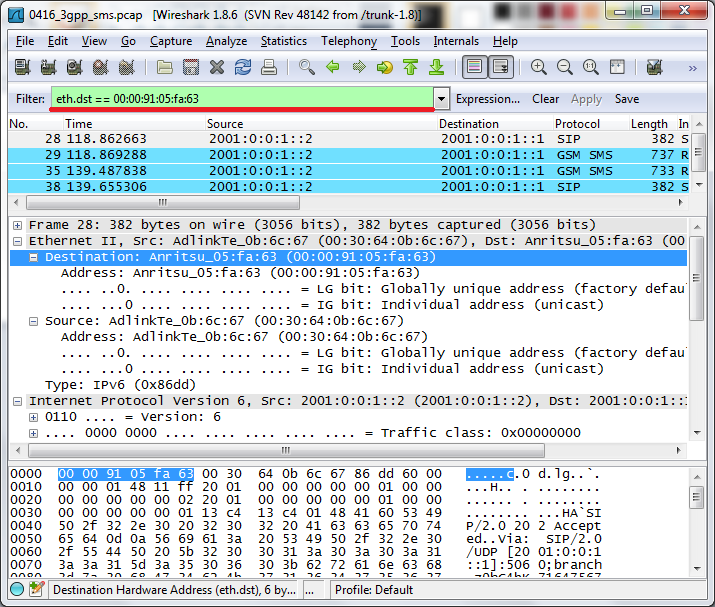

Though, and in familiar environments where the PTR records are known to provide Also, IP addresses are typically easier to readĪnd understand than their PTR records. The best practice is to always use -n because it eliminates the delay causedīy performing the reverse lookup between when tcpdump captures a packet and This generates a significant amount of DNS traffic in capturesĭisplaying large volumes of traffic.

Specified, tcpdump will perform a reverse DNS (PTR) lookup for each IPĪddress. Of packet capturing and interpretation of the results is outside the scope ofĭo not resolve IP addresses using reverse DNS. Reader with enough knowledge for basic troubleshooting.

This section is intended to provide an introduction to this topic and leave the It provides is also necessary, which can require an in-depth understanding of Options, is nearly 1200 lines long and 67k.Īfter learning to use tcpdump, knowledge of how to interpret the data Over 50 different command line flags, limitless possibilities with filterĮxpressions, and its man page, providing only a brief overview of all its The tcpdump program is an exceptionally powerful tool, but that also makes Included in pfSense® software and is usable from a shell on the console or over Most UNIX and UNIX-like operating system distributions, including FreeBSD. The tcpdump program is a command line packet capture utility provided with


 0 kommentar(er)
0 kommentar(er)
